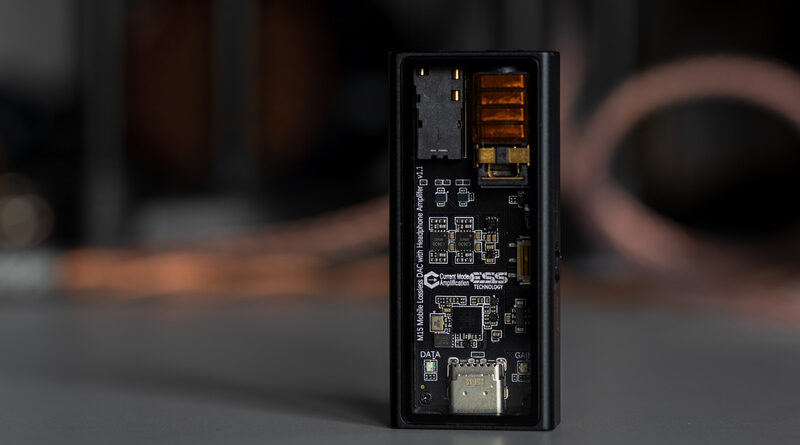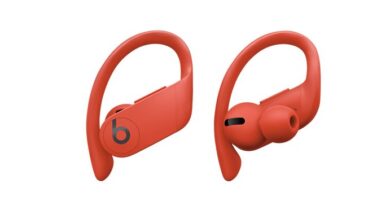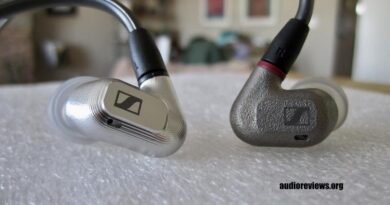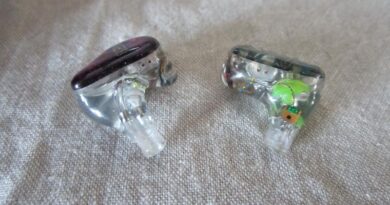Questyle M15 Mobile DAC Review (3) – Dongle Par Excellence
Pros — Unique design that stands out
– Doesn’t get too warm given the power output
– Good support for both Android and iOS
– Class-leading resolution
– Can power almost any IEMs and even some headphones
– No hint of glare when driven from laptop
– Fantastic instrument separation
Cons — Questyle M15 drains the host’s battery when in high gain
– Somewhat narrow staging
– Unforgiving nature might not suit the bright or peaky IEMs
– Slight upper-midrange glare when driven from phones
– No volume or playback controls
– Prone to RF interference
In this Article
INTRODUCTION
Had I been a YouTube reviewer, I would have littered a ton of “fire” emojis across this review title. The thumbnail would allude to something akin to “shut-up and buy it”, while a somewhat disturbing image of my agape face would round-up the level of bewilderment and bemusement that the M15 has evoked.
Sadly, in the written form, I am but slave to the words.
Questyle M15 is the flagship dongle in the brand’s lineup, and overall, perhaps the best dongle one can buy. Sadly, such sweeping generalizations do not favor anyone, and everything is reliant upon context.
So, this review is to contextualize the reasons why the Questyle M15 might be the best dongle ever, or why it may not be the right dongle for certain use-cases. Read on.
Note: the ratings given will be subjective to the price tier. Thanks to Questyle for sending the M15 for evaluation.
Price, while reviewed: $250. Can be bought from Questyle’s Official Website.
PHYSICAL THINGS AND USABILITY
PACKAGING AND ACCESSORIES
The packaging is minimal, while the accessories are basic. You get a type-C to type-C cable by default. For Apple users, the lightning cable is sold as a separate bundle for USD$20 premium. There is also a nice leather case that you can purchase separately.
BUILD QUALITY
Questyle opts for a CNC-milled aluminum chassis with a see-through acrylic window for the M15’s design. It’s a simple yet effective design decision to go for a see-through top, as it makes the M15 stand out without going overboard. Questyle is not new to this, as many of its desktop products offer an acrylic top for those so inclined.
In terms of inputs and outputs, things are decidedly simple. The type-C port allows USB connection while the 3.5mm and 4.4mm jacks offer unbalanced and balanced connections respectively. The balanced output sounds markedly better as an aside, but that is the case for nearly every dongle that offers a balanced output.
There is a button on the side for gain control, and that’s about it. No volume or playback buttons are there which might be an issue for some. There are two LEDs on the PCB that shines through the acrylic, one for gain level and another is the file type indicator.
Overall, a very simple yet elegant design that panders to my inner-geek thanks to that PCB that’s been laid bare.
HANDLING
At 61.8mm X 27.2mm X 12mm dimensions, the M15 is not the most innocuous of dongles in terms of size. However, I find it to be fairly practical on the desk and the low 25g of weight makes carrying it around easy enough. Even after prolonged usage, the M15 does not get hot which is another plus.
QUESTYLE M15 INTERNALS
Questyle has a knack for making pretty PCBs. Even the desktop DAC or amps have exceptionally clean PCB layout, and the M15 is no exception. Thanks to the acrylic window, all of it is in plain view. Apart from the ES9281AC DAC chip and the aforementioned status LEDs, you can also see the two SIP (system-in-package) current mode amp modules. Each module handles one channel.
There is also a TOREX power management unit that keeps the M15 inactive when no music is playing. In terms of specs, you get a really respectable 0.0003% THD and <-130dB SNR. Then you notice the output power specs and things just do not add up. A measly 22mW into 300ohms? Surely that cannot be right?
In terms of the actual “sound pressure” produced, that indeed seems to be misleading. The M15 can drive most dynamic driver headphones and nearly every single IEMs out there. Only issue is that for best performance, you need to use a laptop as the source. The higher current from the USB ports enable greater dynamic swings.
Speaking of dynamic swings, the SE out can have almost 2Vrms voltage swing from the single-ended out, and about 3.8Vrms from the balanced out. You can connect the M15 to a pair of powered monitors in a pinch and use it as a DAC/pre-amp combo. Just make sure to put the volume at max on the DAC side.
All in all, respectable measured performance, except for the amp specifications which do not really add up to real world experience.
TONALITY AND TECHNICALITIES
As always, it’s difficult to simply talk about the “tonality” of a source gear rather than specific pairing notes. That being said, the M15 has certain “characteristics” that shine through no matter which IEMs or headphones you connect on the other end.
The first thing you notice is the resolution, and how easily the M15 delineates between instruments. Rest assured, the amount of perceived details on the M15 eclipses any other dongle under USD$300. Minute details are pushed to the forefront, making it easier to analyze and dissect tracks. If it’s resolution and precision you want, M15 is practically peerless.
Such hyper-realistic rendition comes at the cost of two things: spatial qualities, and a tendency to be ruthless with poorly mastered tracks or bright/shouty gear. The M15 is unforgiving, though the lack of “etchiness” in the treble and upper-mids make it a potent option for borderline bright IEMs and headphones. The staging won’t be engulfing or stretched outwards, like it can be on some of M15’s peers.
Dynamics are good in terms of macrodynamic punch, though microdynamics are not as evident as they are on certain desktop sources (or even Questyle’s higher-tier DAPs).
Finally, the power output is ample for practically any IEMs out there. When connected to a laptop or desktop, the M15 is too powerful for most IEMs, in fact. I routinely found myself lowering the gain and/or lowering the volume on the desktop side. This is still not enough for power hungry monsters like Hifiman’s HE-6, for example, so for the pesky planars, you still need a more substantial setup.
PAIRING NOTES
I’ll try to keep this section short and sweet.
IEMs that paired well with the M15: most of them, but highlights include Sennheiser IE 900/200/300, SoftEars Turii, Final E3000/A5000/E4000, JVC FW1800/FW10000/FDX1, Campfire Holocene/Andromeda 2020/Solaris.
Headphones that paired well with the M15: not the absurdly power hungry planars, including the likes of HE-6 (and Susvara, by extension, though I fail to understand why anyone would try to run Susvaras off of a dongle), Sennheiser HD800S (too bright), and Beyers (same issues as the Senns). The HD650 had a good pairing though it lacked the liquid smoothness you get off of tubes or high output impedance sources.
Hifiman HE-400i and Arya sounded exceptional through the M15, and if you own the Arya Stealth (or even the newer Arya Organic), the M15 will be more than enough to do justice to their resolving prowess.
SELECT COMPARISONS
I have pitted the Questyle M15 against every single “hyped” or well-regarded dongle that has been released so far. None of them are as resolving, period.
Quloos MC01 gets close at the cost of sounding edgy in the treble and artificial throughout. Apogee Groove has better rendition (and sense) of space, but it sounds a bit veiled in the bass and treble comparatively. The Cayin RU6 are too smoothed out, while the Cayin RU7 opt for a more relaxed, engulfing, and timbrally-accurate presentation than going after raw details.
Lastly, the L&P dongles (W2 and W4) do better in terms of microdynamics but fall flat in every other aspect. The output power is lacking compared to the M15, and once again – not as resolving.
CONCLUDING REMARKS
I received the Questyle M15 back in November, 2022. At the time of writing this review (end of July, 2023) the M15 managed to ward off every single competition by the wayside.
It’s a remarkable achievement in the age of rapid-fire chi-fi releases, where even the parent brand makes its 6 months old “flagship” redundant by releasing something new and “improved”. The M15 is here to stay, and shall remain one of the best, if not the best DAC-Amp dongles out there for the foreseeable future.
The only caveat is the nature of the sound itself – it may become “information overload” for those accustomed to relaxed and laid-back tuning. With certain IEMs, the treble region can sound exaggerated and become bothersome in the long run.
These caveats apply to most, if not all products though, and the M15 achieves the one thing it set out to accomplish: the crown for the most “effortlessly resolving” DAC-Amp dongle out there. Questyle captured lightning in a bottle with the M15, and I hope the spark does not go out anytime soon.
MY VERDICT
4.5/5
THE dongle to beat.
DISCLAIMER
Get it from Questyle Shop.
Our generic standard disclaimer.
You find an INDEX of our most relevant technical articles HERE.







